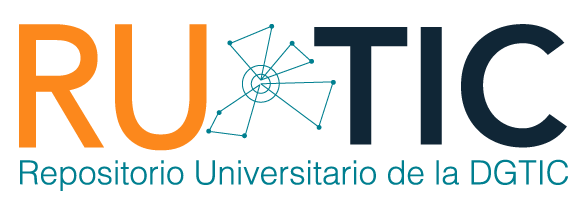| dc.contributor.editor | Adrián Estrada Corona | |
| dc.coverage.spatial | MX | |
| dc.date.accessioned | 2018-06-28T04:44:02Z | |
| dc.date.available | 2018-06-28T04:44:02Z | |
| dc.date.issued | 2010-01-01 | |
| dc.identifier.uri | https://ru.tic.unam.mx/handle/123456789/1583 | |
| dc.description | Tema del mes | |
| dc.description.abstract | Los documentos confeccionados como consecuencia de algunos de los terremotos más importantes ocurridos en épocas históricas (siglos XVI a XIX), permiten observar la evolución que ha tenido el conocimiento de las técnicas constructivas y urbanísticas de las ciudades. También iban acompañados de teorías sobre la causa y origen de los terremotos, basadas algunas en ideas sobrenaturales que con el tiempo se fueron modificando hacia planteamientos más científicos. Los informes sobre los terremotos ocurridos iban reflejando las diferentes hipótesis que justificaban los daños ocasionados y aportaban soluciones muy específicas, como la búsqueda de un nuevo emplazamiento, las características del terreno, el proyecto urbanístico, la ejecución de la construcción o la elección de los materiales. Asimismo, a finales del siglo XIX, se redactan reglamentos constructivos con criterios legales, que pueden considerarse como los antecedentes de la actual normativa | es_MX |
| dc.description.abstract | The documents elaborated as a consequence of some of the more important earthquakes occurred in historical periods (XVI and XIX centuries), allowed us to observe the evolution that has taken place in the construction and urban techniques of the towns. They also incorporated the theories about the cause and origin of the earthquakes, some of them based on supernatural ideas that with the pass of time were being changed to more scientific concepts. The reports of the earthquakes reflected the different hypothesis that justified the damage caused and gave very specific solutions as the search of new emplacement, the ground characteristics, the urban project, the construction implementation or the material election. Also, at the end of the XIX century there were written construction rules with legal criteria, which can be considered as the preceding of the present normative | en |
| dc.format | html | |
| dc.format | application/pdf | |
| dc.format.extent | 3.97 KB | |
| dc.format.extent | 595.86 KB | |
| dc.language | spa | |
| dc.publisher | Universidad Nacional Autónoma de México. Dirección General de Cómputo y de Tecnologías de Información y Comunicación. Revista Digital Universitaria | |
| dc.relation.isformatof | http://www.revista.unam.mx/vol.11/num1/art07/art07.pdf | |
| dc.relation.ispartof | http://www.revista.unam.mx/index_ene10.htm | |
| dc.rights | openAccess | |
| dc.source | Revista Digital Universitaria (1607 - 6079). Vol.11, No.1 (2010) | |
| dc.subject | Terremotos | |
| dc.subject | Edificios -- Efectos sísmicos | |
| dc.title | Terremotos y Edificios: Una historia común | es_MX |
| dc.title.alternative | Earthquakes and buildings. a commun history | en |
| dc.type | article | en |
| dc.contributor.director | JULIA TAGUEÑA PARGA | |
| dc.subject.keywords | Sismos, Earthquakes, Buildings - Earthquakes, Earthquakes, Buildings | |
| dc.identifier.url | http://www.revista.unam.mx/vol.11/num1/art07/int07.htm | |
| dc.creator | José Manuel Martínez Solares | |
| dc.rights.url | http://creativecommons.org/licenses/by-nc-sa/4.0 |
Files in this item
This item appears in the following Collection(s)
COMPARTE
BÚSQUEDA
Escriba el texto a buscar en DSpace
CONTACTO
El Repositorio Universitario de la DGTIC se edita en la Dirección General de Cómputo y
de Tecnologías de Información y Comunicación (DGTIC), de la Universidad Nacional Autónoma de México (UNAM)
Circuito Exterior s/n, Ciudad Universitaria, Coyoacán, C.P. 04510, México, D.F
Tel: +(52) (55) 56228166 Email: rutic@unam.mx









 ¿Qué es un repositorio...?
¿Qué es un repositorio...? ¿Qué beneficios obtengo...?
¿Qué beneficios obtengo...? ¿Qué tipo de recursos...?
¿Qué tipo de recursos...? Preguntas frecuentes
Preguntas frecuentes